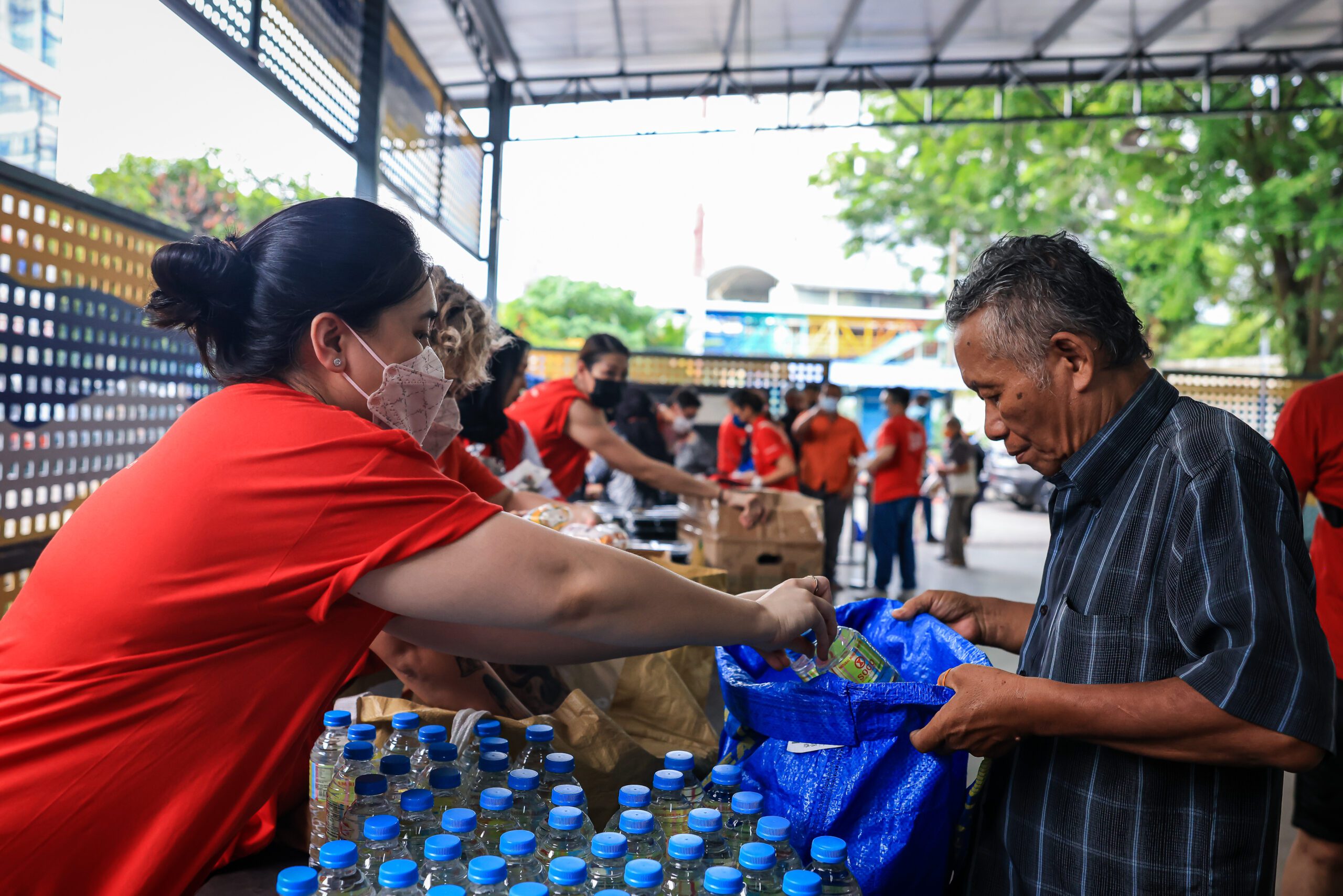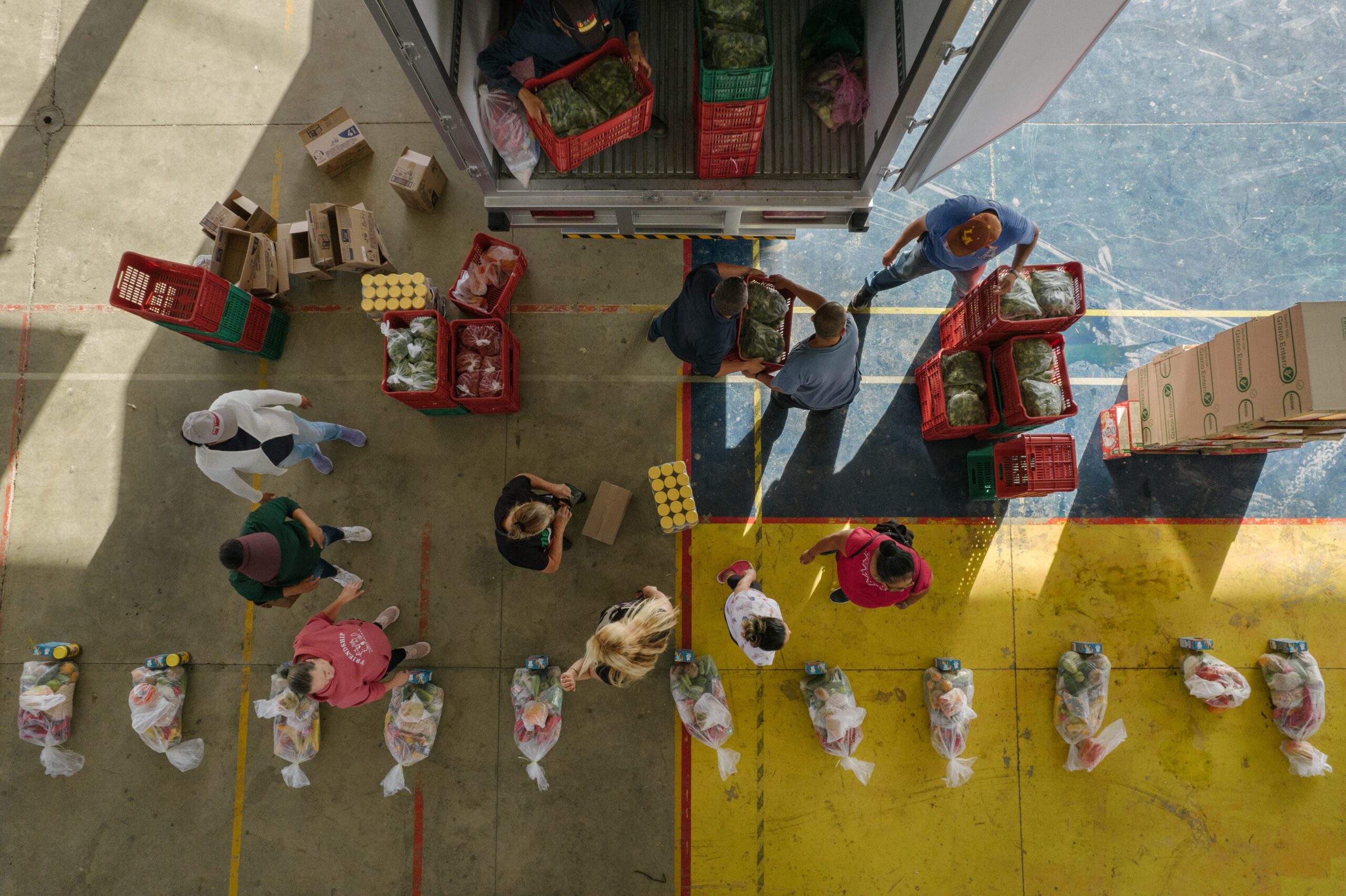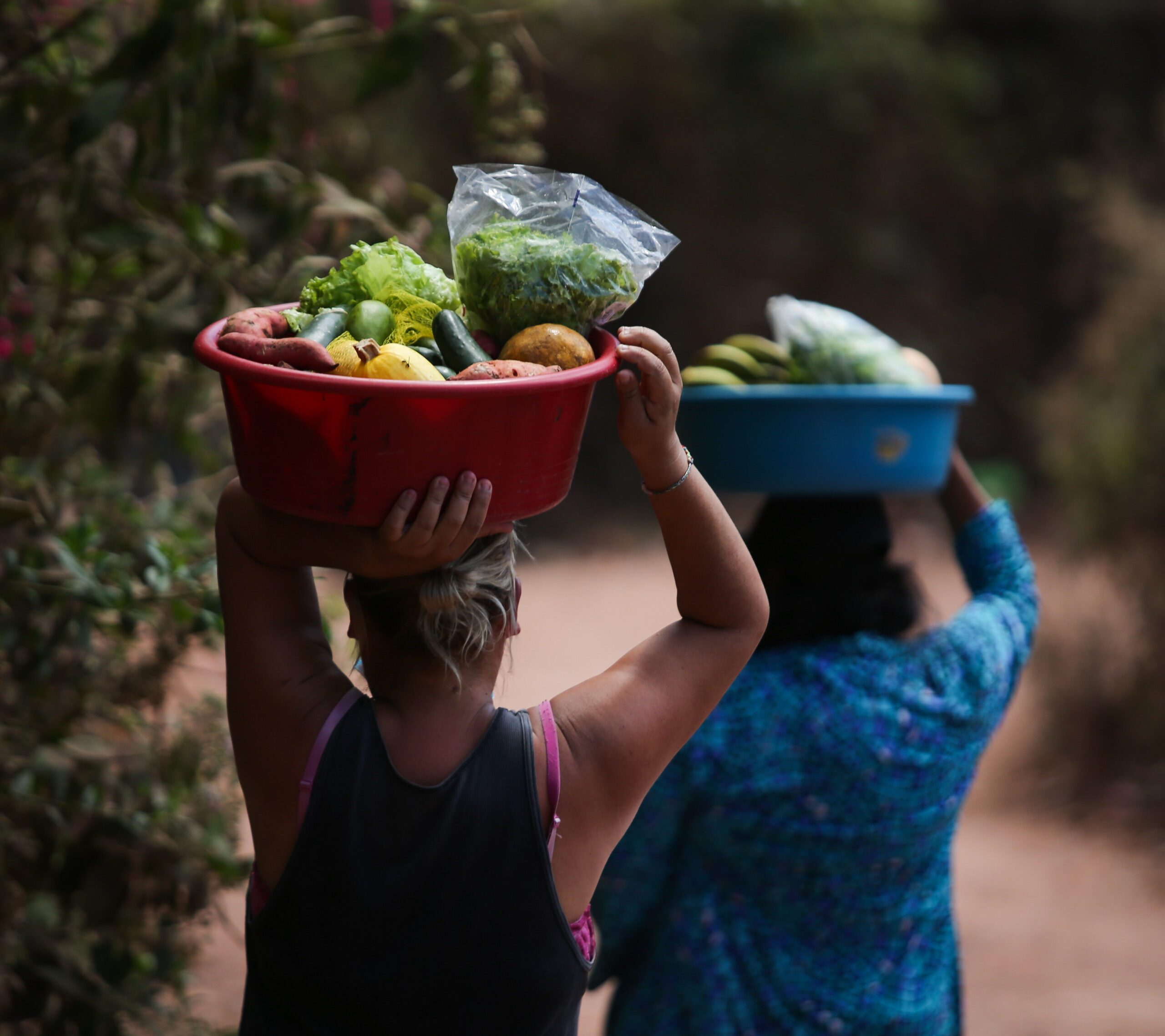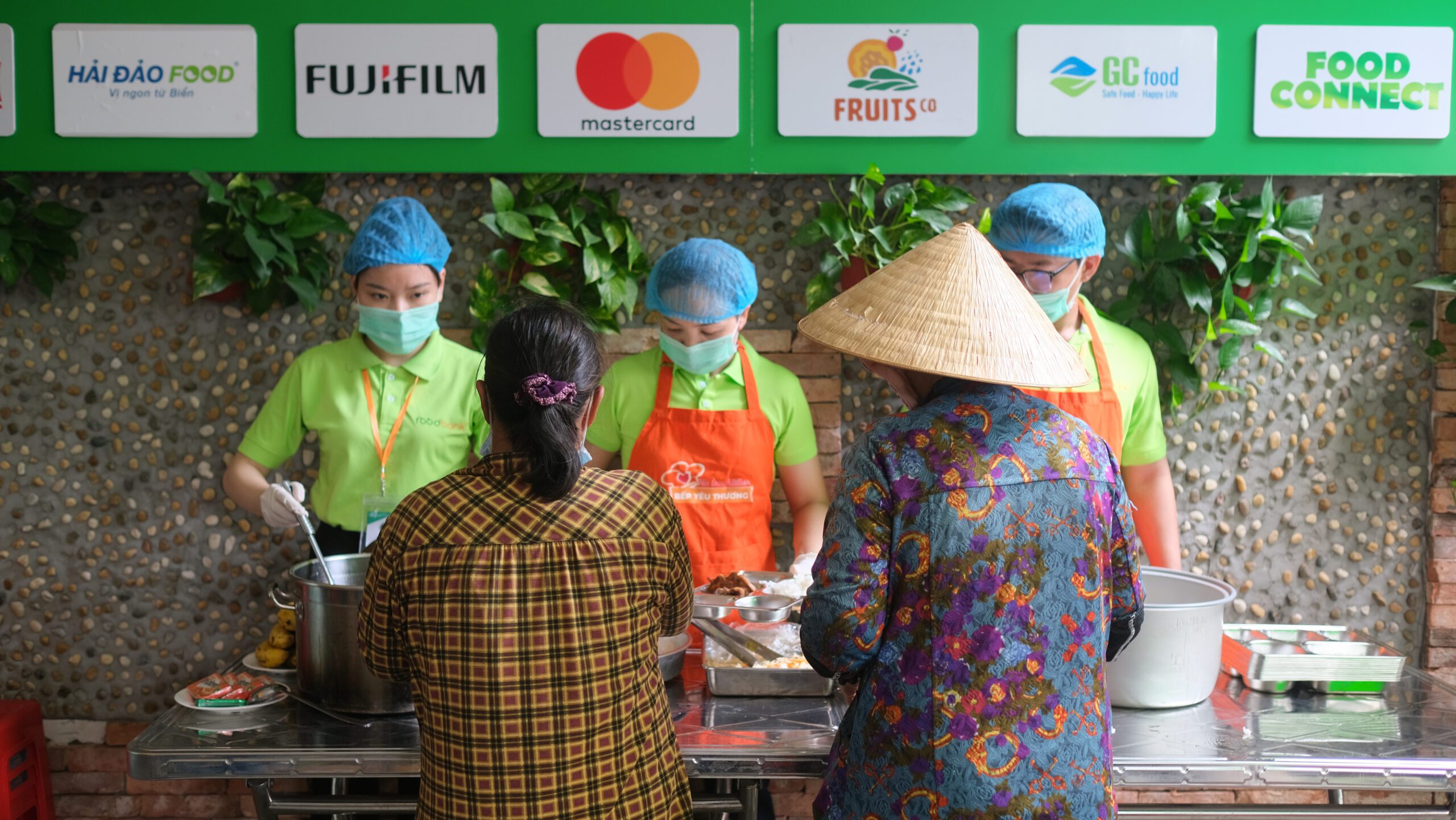Last year was Earth’s hottest year on record. In 2023, temperatures came in 1.18°C (2.12°F) above the 20th century average, and the year saw a staggering number of other climate-related disasters and extreme weather events, from floods to wildfires to droughts.
At the same time, widespread conflict affected far too many parts of the world.
Extreme climate events, conflict, and disasters—natural and manmade—are contributing to high levels of hunger, inequality, and displacement of persons over the last decade. Climate-related disasters have nearly doubled compared to the previous 20 years and the number of people needing humanitarian assistance worldwide has risen to the highest level documented, according to the United Nations Office for Disaster Risk Reduction.
Earlier this month the Food and Agriculture Organization (FAO) of the UN released the State of Food Security and Nutrition in the World 2024. The report found the prevalence of undernourishment has remained persistently high, at nearly the same level for three consecutive years, affecting nearly one of every 10 people on the planet in 2023 compared with 7.5 percent pre-COVID. The report estimates that between 713 and 757 million people faced hunger in 2023. Today, the number of undernourished people worldwide had increased to a level practically eroding “all progress that had been made during the preceding decade, bringing the world back to hunger levels that prevailed in 2005” according to the report.
The problem is not a shortage of food. Rather it is a lack of affordable access to food for millions of vulnerable people in difficult circumstances who struggled to feed themselves and their families in 2023. But there is hope.

Food banks members of The Global FoodBanking Network (GFN) provided 1.7 billion meals to more than 40 million people struggling with hunger last year, reaching near historic levels of assistance not seen since the height of the COVID pandemic.
This data comes from GFN’s annual Network survey and reflects work carried out by 54 member organizations comprised of more than 700 community-based food banks, in 45 countries, spread across six continents.
GFN’s report finds that despite expectations that demand for food would decrease after the pandemic, food banks in the Network reached nearly as many people as they did in 2020 and 10 million more people than in 2022. The combination of economic stagnation, high inflation, conflict, and disasters—which occurred at some level in all countries where GFN members are established—contributed to persistently high levels of need in 2023.
To meet high demand, food banks secured more than 654 million kilograms of food and grocery products to provide 1.7 billion meals to people in 2023. As community food security needs increase, food banks continued to pioneer new approaches to increase food recovery and redistribution, expanding food access.
For example, it’s becoming much more common for food banks to partner directly with farmers to recover fresh fruits and vegetables to increase the quantity and nutritious proportion of the foods they provide. The focus on agricultural sector recovery has become so successful that fruits and vegetables now account for the largest volume of food distributed in the Network in 2023, representing almost 40 percent of total food distributed. And agricultural recovery, which prevents produce from being lost on-farm or postharvest, grew by 35 million kilograms across the Network, a 35 percent increase year over year.
Two food banks that exemplify this increase in agricultural recovery are Banco de Alimentos Quito, which doubled the quantity of produce distributed from agricultural recovery last year, and Banco de Alimentos Honduras, which increased its agricultural recovery efforts by 120 percent. Another exemplar is Food for All Africa in Ghana—in 2022, less than 1 percent of the food they recovered came directly from farms. Just a year later, 28 percent of their food was sourced from the agricultural supply chain.
We’re also seeing the use of technological innovations to harness greater efficiencies through virtual supply chains, increasing food recovery and distribution. In 2023, the amount of food distributed with new technologies, such as “virtual food bank” models more than doubled, from 5 percent to 11 percent of all food distributed. Among food banking organizations that are using virtual food banking, the model now represents about one-third of all food distributed. Twenty food banks are currently using virtual food banking, up from 14 in 2022. That includes Scholars of Sustenance Thailand, which provided 7.4 million people with 2.1 million kilograms of food in 2023. About 10 percent of the food donations they received came from their innovative Bangkok Food Bank pilot and Cloud Food Bank platform.
Overall, food banks increased distribution by an average of 25 percent in 2023. Much of that expansion can be attributed to food banks in emerging and developing economy countries, where hunger rates tend to be higher. In 2023, eight of every 10 people served by GFN member food banks lived in emerging and developing market countries and accounted for almost 60 percent of total Network food distribution, with largest product volume increases in Bolivia, El Salvador, Ethiopia, Honduras, and Indonesia.

Of course, it’s important to note that food banks also go beyond providing food—they are nourishing people and protecting the planet at the same time. Climate indicators have worsened over the past decade, with 2023 being the warmest year in 174 years of recorded observation and atmospheric greenhouse gas (GHG) levels higher than any time since the pre-industrial era, according to the World Meteorological Organization. By redirecting food that would have otherwise been lost or wasted, GFN member food banks mitigated an estimated 1.8 million metric tons of carbon dioxide equivalent, or CO2e, in 2023. This is equivalent to taking more than 400,000 cars off the road for a year.
This incredible work occurring in thousands of communities worldwide is only possible through the support of thousands of businesses, farmers, donors, and volunteers. And it’s also a testament to the effectiveness of community-led approaches to addressing food insecurity. More than 300,000 people volunteered at a GFN member food bank in 2023. These are people in the local community, giving an estimated 3.5 million hours in labor and skill-based services to their local food banks, making the work of hunger alleviation possible.
The 2024 State of Food Security and Nutrition in the World report provides the data on the challenge we face to address hunger worldwide. The GFN annual Network report gives evidence of why our hope to address this challenge is warranted. The numbers are illustrative of the hard work and dedication of local, community-based leaders in all parts of the world, to lead, to act, and to strengthen their communities during times of incredible uncertainty.
The 2023 Network report shows that community-led food banks bring unique perspectives on the challenge of hunger, innovations such as virtual food banking, skills and capabilities to recover more food, and a wealth of knowledge and local support to the challenge of strengthening resilience, improving food security, and addressing climate change.


